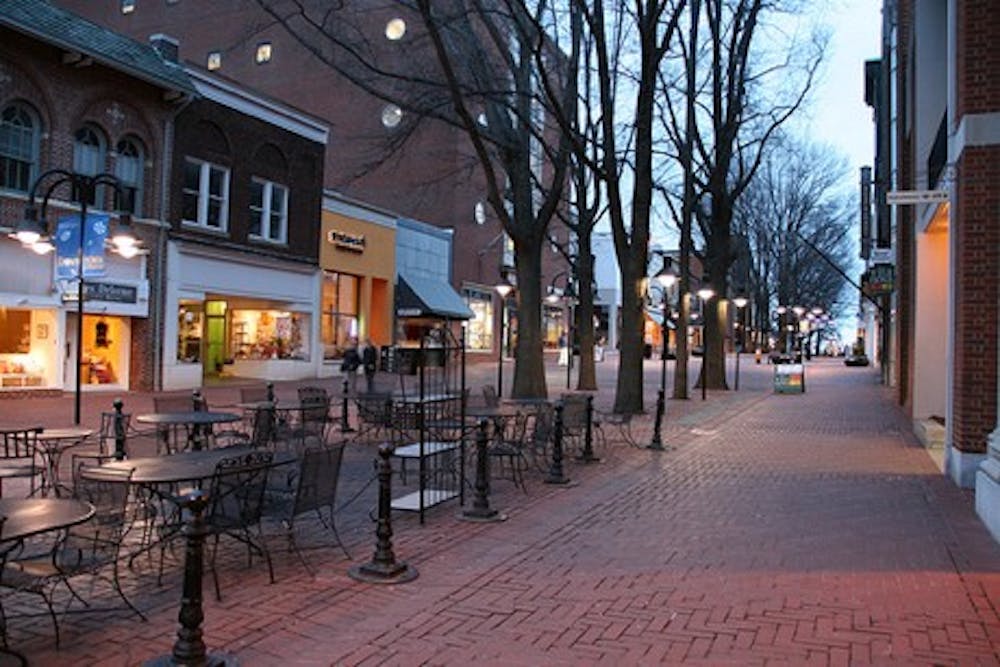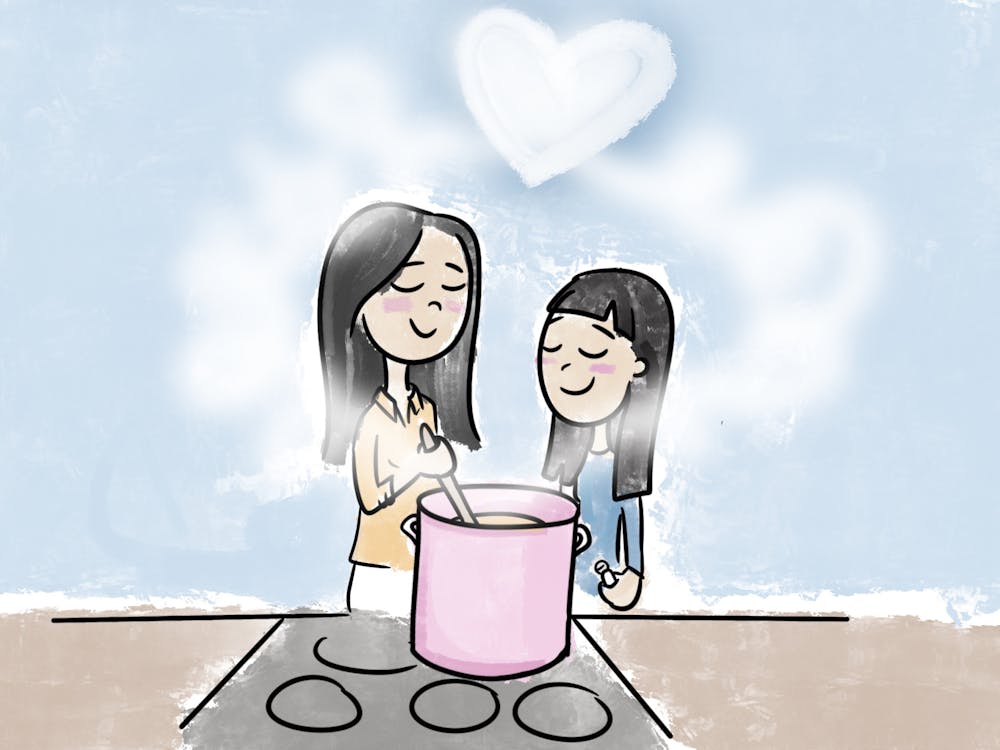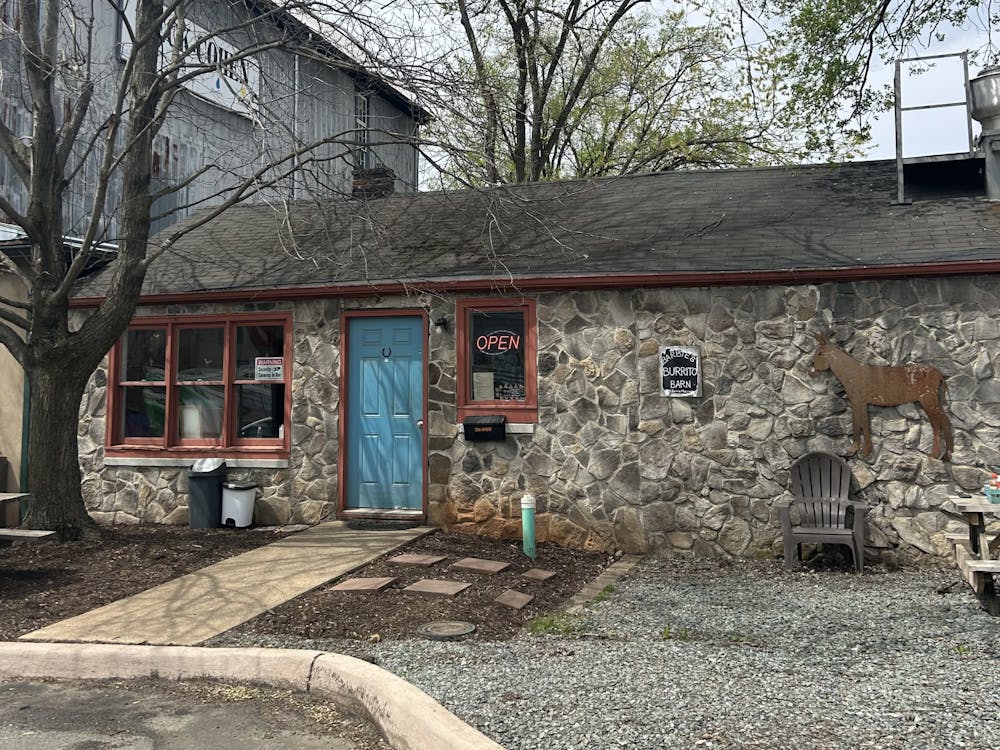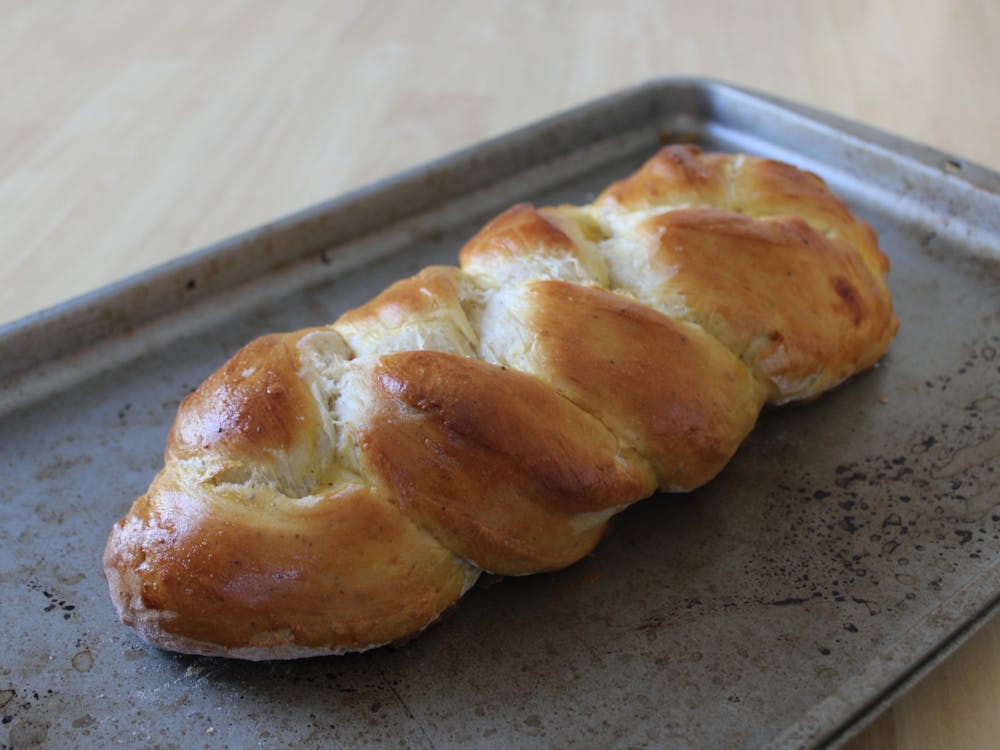The Downtown Mall is one of Charlottesville’s great attractions. The brick-paved outdoor strip is adorned with stores and restaurants, such as the chic boutique Bittersweet, the high-end sushi spot Ten and the beloved ice cream shop Chaps. Next time you visit, try taking a step back from the indoor attractions. Enjoy your ice cream on the go and take a look at your surroundings. Many of today’s shops are housed within original and restored buildings from the pre-mall years, back when this business hub of the City was just a continuation of old East Main Street.
In the late 1950s, City officials realized maintaining the downtown area as a strong business center was vital to Charlottesville’s economic growth. Hit hard by the relocation of department stores to suburban retail centers, the downtown area became less popular than other areas of Charlottesville such as Barracks Road.
With the aim of drawing attention back to Main Street, the Charlottesville Chamber of Commerce in 1959 proposed the creation of a downtown pedestrian mall. City Council and Central City Commission met with the Atlanta-based engineering firm Lawrence Halprin & Associates to come up with a plan for a new and improved downtown. “There was a legitimate fear that the core of the city was going to end up like … so many cities that had just given way to the suburbs,” said George Gilliam, a member from the 1974 City Council that approved a $4.1 million venture to develop the downtown area.
Despite public criticism of this costly undertaking, especially from downtown merchants whose businesses would be affected by all the construction’s traffic restrictions, City Council approved the plan.
Halprin’s plan was also an attempt to heal divisions from a period of racial tensions and segregation, especially prominent during urban renewal projects such as the demolition of Vinegar Hill. An African-American neighborhood and business center, Vinegar Hill was deemed more of a nuisance than an attraction, and in the mid-1960s, City officials ordered its destruction. Consequently, the displacement and eradication of the City’s African-American institutions left a bitter taste in the mouths of the neighborhood’s former residents.
Halprin sought input from Charlottesville residents to devise a space that would improve the City’s tense social relations.
“Even with the loss of business, not too many local people liked the idea of changing the character of downtown that much,” said Jane Myers, a Charlottesville native and volunteer at the Charlottesville Historical Society.
Halprin’s community involvement provided him with a better understanding of the aspects of the downtown space that were most important to the public. His plans incorporated and preserved a cultural and historical landscape specific to Charlottesville, local historians said.
Features of his plan are seen at the Downtown Mall today: outdoor seating, towering willow oak bosques, metal squat planters, brick pavement and plenty of open walking space. In 1979 the University awarded Halprin the Thomas Jefferson Medal in Architecture, another addition to his list of accolades.
Things got worse for the downtown area before they got better, local historians said. For the first decade after its 1976 opening, the newly constructed social business center was subject to harsh criticism.
University alumni can recall the sad state of the mall during its debut. “The only place we went down there was a restaurant called ‘The Hardware Store.’ We are talking 1978 to 1984 time frame,” University alumna Gina Mallon said. “Besides that it seemed to be a dead zone. I didn’t like going down there because it seemed depressing.”
The original lack of entertainment, decent restaurants and vacancies of the Paramount and Jefferson theatres detracted from the mall’s appeal. In addition, the commute downtown was an inconvenience even before the mall’s construction.
“The parking problem was the main issue, you just could not get a parking spot,” Myers said. The addition of a parking garage and the establishment of Fridays after Five, a free concert series, in 1988 helped bring the Downtown Mall to its rightful position as one of Charlottesville’s major attractions. With “live music, beer, wine and food, it was very family friendly and fun,” said Mallon. “The place to see and be seen on nice Friday nights with guys and girls on the prowl, performers,” she added. “It wasn’t like that at all back in the late ‘70s and ‘80s…it really has transformed!”
_
This is the final feature in a series of four articles about Charlottesville history, commemorating its 250th anniversary this year._





